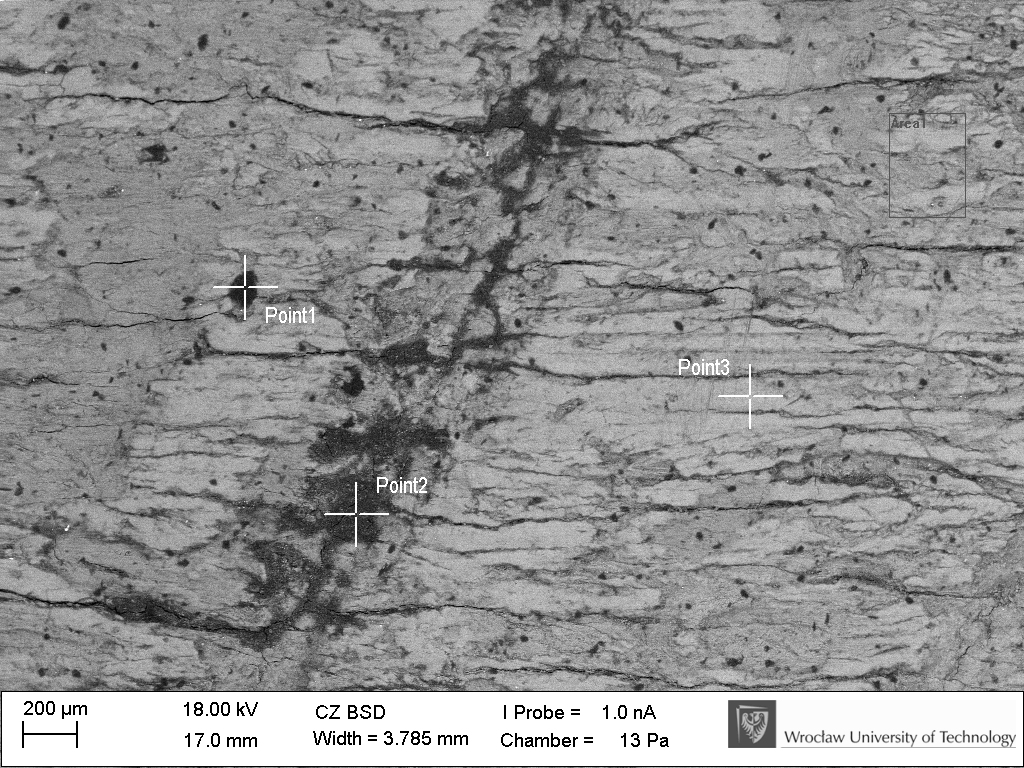In mid-May we completed the examination of a further assemblage of blades from Maszycka Cave, kindly made available by the Archaeological Museum in Kraków. Each artefact was studied under microscopes with varying optical parameters. We scrutinised the traces left during blade manufacture as well as those created while applying the ornament. Clear variability in ornament types is observable across the analysed artefacts.
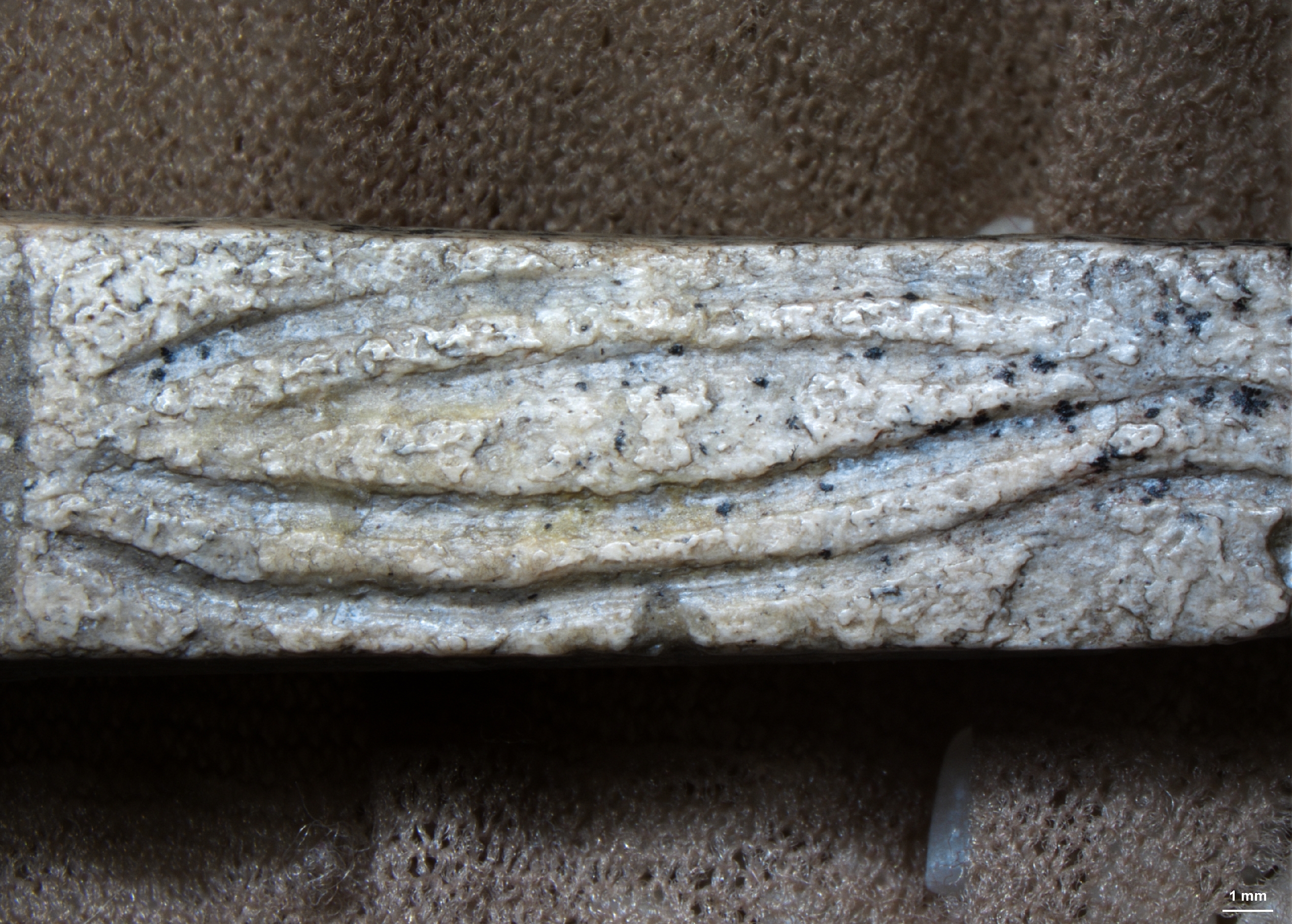
Some blades and fragments are embellished with motifs composed of several incised lines, whereas others display more elaborate decoration executed by means of deep engraving and relief, featuring ornaments in the form of intricate curvilinear figures. The object surfaces also retain another category of traces—residues of diverse substances with which the blades once came into contact.
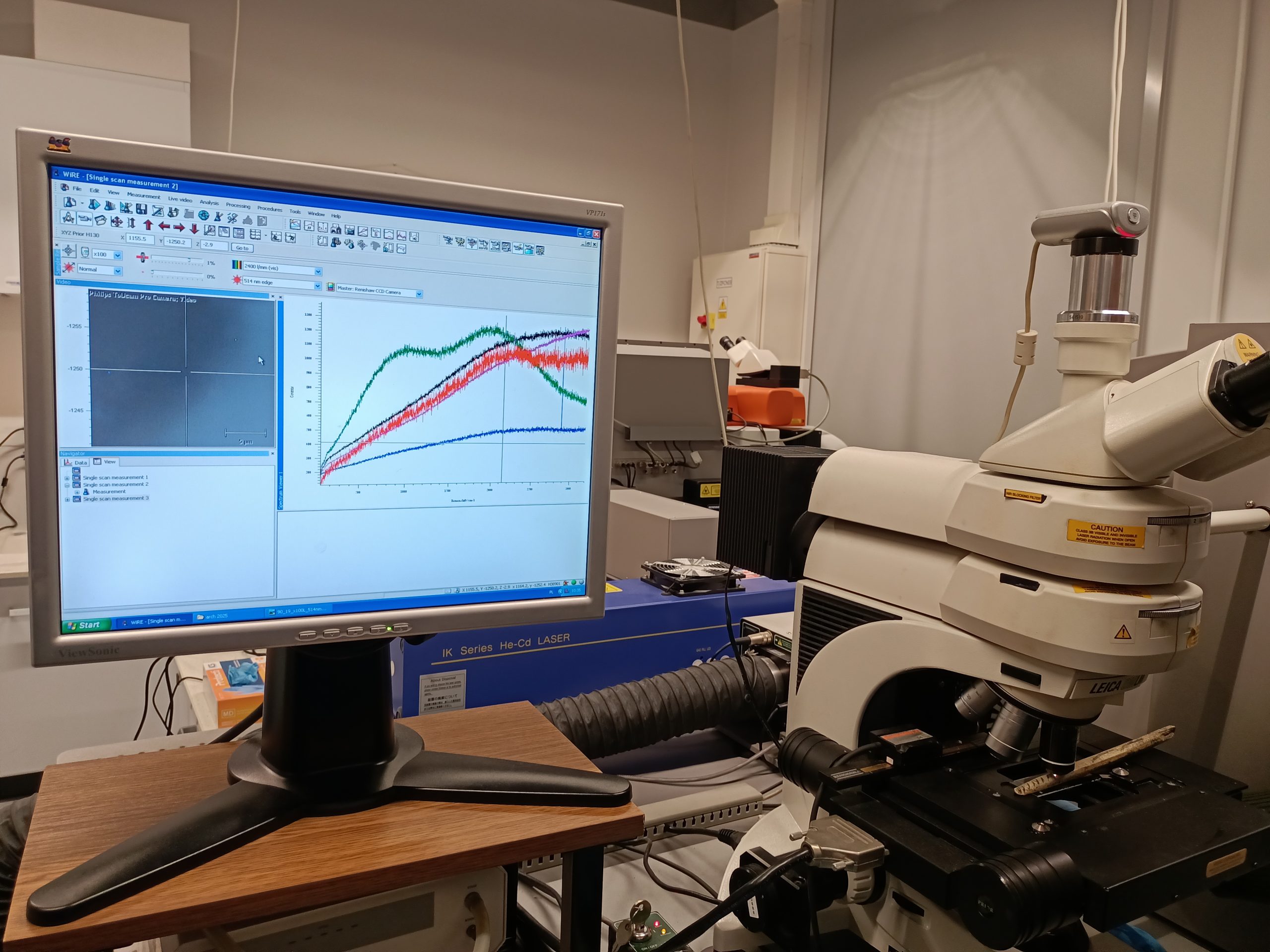
Identification of these residues is achievable through physico-chemical techniques such as Raman spectroscopy and SEM-EDS (scanning electron microscopy coupled with energy-dispersive spectroscopy). Selected artefacts showing noteworthy residues were subjected to these advanced methods. The investigations were carried out in collaboration with specialists from the Faculty of Chemistry, Jagiellonian University, and the Faculty of Mechanical Engineering, Wrocław University of Science and Technology. Both techniques are non-destructive, permitting analysis without compromising the integrity of the objects.
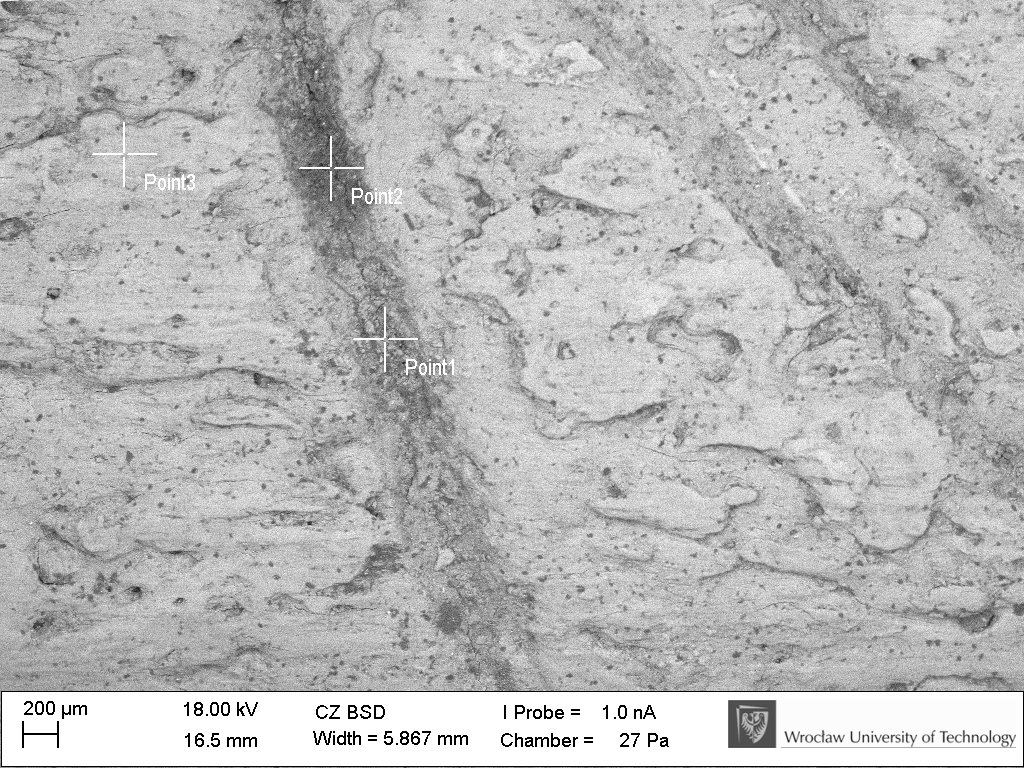
Raman spectroscopy entails directing a light beam that excites molecular vibrations within the material. Consequently, the scattered light emerging from the sample exhibits wavelength shifts—the Raman effect. Analysis of these shifts yields a Raman spectrum composed of discrete bands characteristic of specific chemical compounds, thereby enabling their identification.
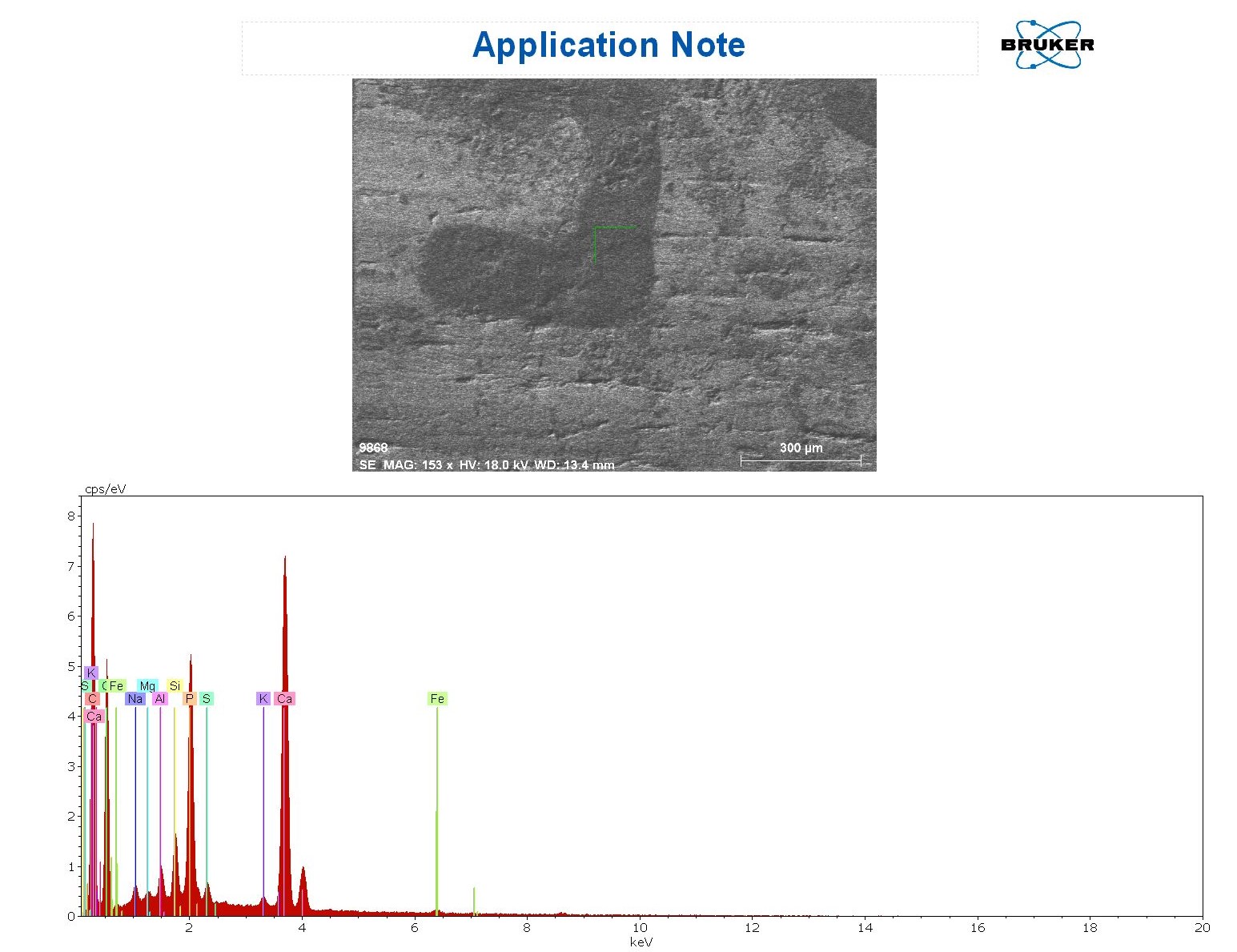
In SEM-EDS analyses, a tightly focused electron beam—rather than a beam of light—is directed onto the specimen. This beam penetrates the outermost surface layer, generating characteristic signals that result in the emission of X-rays. Interrogation of this radiation permits the determination of the elemental makeup of the sample. The study has thus enabled the detection of a range of substances adhering to the blades. Such identifications are pivotal for evaluating whether the residues are modern accretions or may be prehistoric in origin. In the case of the Maszycka Cave blades, evidence suggests that both categories of residues may be present. The artefacts’ surfaces are heavily contaminated with various modern substances that have accumulated—either inadvertently or deliberately—during the more than 140 years since their recovery from the cave deposits.
